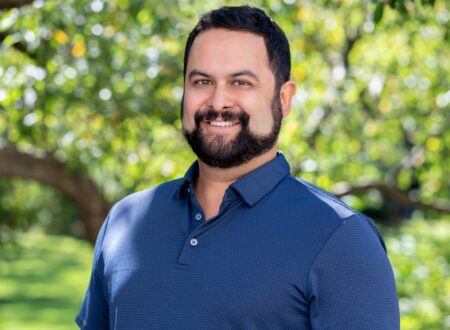Related Posts

Colonialism, Land and Indigenous Health
At OKT, we hear first-hand from clients how their members experience poor health outcomes in hospitals and other medical facilities. Too often, we hear how entering into the health care system…
Read More...
Manitoba's Seal River Watershed Embarks on a Historic Journey to Become an Indigenous Protected Area
Tuesday, January 30, 2024
There aren’t many truly pristine spaces left in North America, but the Seal River Watershed in Northern Manitoba is one of them. As the homeland of…
Read More...
AMC Wins Unprecedented Discount Hydro Rates for On Reserve Residents
By Senwung Luk and Corey Shefman
On May 1st, 2018, Manitoba’ Public Utilities Board adopted recommendations made by the Assembly of Manitoba Chiefs (“AMC”) to create a new electricity rate…
Read More...


